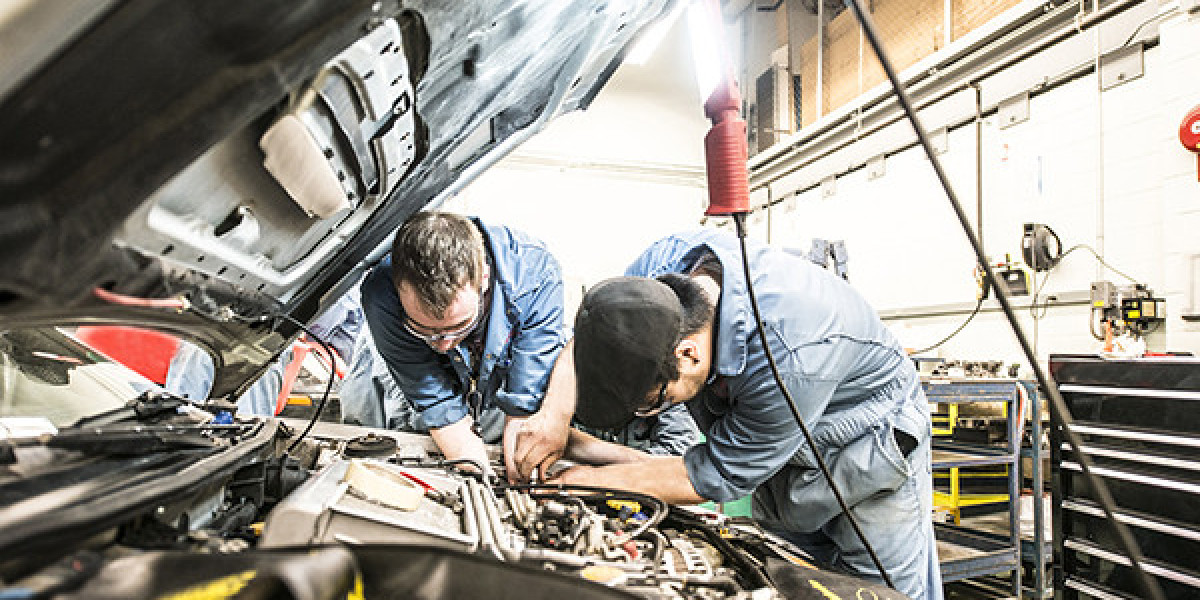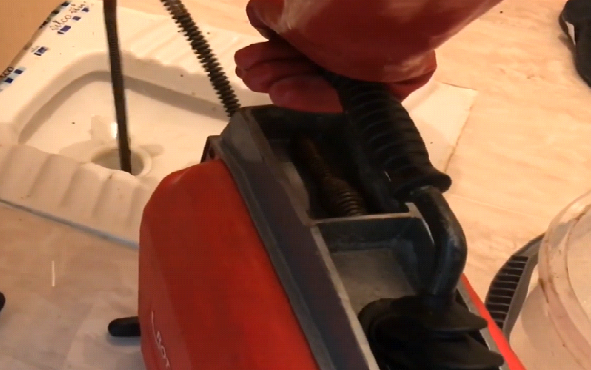When your needs a car repair, you’re usually faced with a critical decision: OEM (Original Equipment Manufacturer) parts or aftermarket parts? While OEM parts come directly from the car’s manufacturer, aftermarket parts are produced by third-party companies—and they’re often cheaper. But is cheaper always better?
The answer depends on what you’re fixing, your budget, and how long you plan to keep the car. This article breaks down the pros and cons of using aftermarket parts so you can make an informed, money-smart decision at the repair shop or auto parts store.
✅ What Are Aftermarket Parts?
Aftermarket parts are car parts not made by your car’s original manufacturer. They are designed to be compatible with your vehicle and are often used for repairs, upgrades, or replacements. These parts can range from brake pads, filters, and headlights to full body panels and engine components.
There are thousands of aftermarket brands, from high-performance companies to budget suppliers. Some match or even exceed OEM quality—others fall far short.
✅ Pros of Aftermarket Parts
1. Lower Cost
Aftermarket parts are almost always cheaper than OEM parts—sometimes by 30% to 60%. For drivers on a budget or with older cars, this can make a big difference.
? Example: An OEM alternator may cost $400, while an aftermarket version might be $180.
2. Wider Availability
OEM parts often have to be ordered through dealerships. Aftermarket parts are widely available at:
Auto parts chains (AutoZone, NAPA, Advance Auto Parts)
Independent repair shops
Online retailers (RockAuto, eBay, Amazon)
This can mean faster repairs and fewer delays.
3. More Options
Because multiple companies may manufacture the same part, you can:
Compare prices
Choose between basic or premium versions
Select high-performance or upgraded alternatives
?️ For example, you could choose ceramic brake pads for quieter stopping instead of the OEM semi-metallic version.
4. Comparable or Better Quality (Sometimes)
Some aftermarket brands specialize in quality and outperform OEM parts. Companies like Bosch, Denso, Moog, and Brembo are often considered equal to or better than factory parts in certain categories.
5. Perfect for Older or Out-of-Warranty Vehicles
If your car is older, out of warranty, or not worth investing OEM-level money into, aftermarket parts can be the practical choice for keeping it roadworthy.
❌ Cons of Aftermarket Parts
1. Inconsistent Quality
Because there are so many aftermarket manufacturers, quality varies wildly. Some parts are excellent. Others are cheap, poorly engineered knockoffs.
⚠️ A bad part might not last long, could fit improperly, or even damage other components.
2. Fit and Compatibility Issues
Aftermarket parts aren’t always made to precise specifications. You might run into:
Incorrect sizing
Poor alignment
Difficulty installing
Rattling or misfitting panels
This is especially true with body parts, electrical sensors, or interior trim.
3. No Manufacturer Warranty
Most aftermarket parts come with a limited or no warranty, especially budget versions. OEM parts typically offer a 1-year or longer warranty backed by the manufacturer.
Some premium aftermarket brands do offer warranties—but always read the fine print.
4. May Void Vehicle Warranty
Using aftermarket parts could void your car’s warranty—especially if:
The part causes damage
It’s installed incorrectly
The car is still under bumper-to-bumper or powertrain warranty
? Check your vehicle warranty terms before going aftermarket.
5. May Lower Resale Value
If you’re planning to sell or trade in your car, OEM parts are often preferred by buyers and dealers. Aftermarket modifications or visible non-OEM replacements can lower resale value, especially for newer or luxury vehicles.
? OEM vs. Aftermarket: When to Choose What
Scenario | Best Option |
Major engine or transmission repair | OEM (or premium aftermarket) |
Brake pads, filters, wipers | Aftermarket is fine |
Body or trim parts | OEM for best fit |
Older car (over 10 years) | Aftermarket (budget-friendly) |
Performance upgrades | High-end aftermarket |
Under warranty | OEM to avoid issues |
? Recommended Aftermarket Brands (High-Quality)
If you decide to go aftermarket, choose reputable brands:
Category | Trusted Brands |
Spark Plugs | NGK, Denso |
Brake Pads | Brembo, Akebono, Wagner |
Suspension | Moog, KYB |
Filters (oil, air, cabin) | Bosch, Fram, Purolator |
Starters/Alternators | Bosch, ACDelco, Denso |
Sensors & Electronics | Standard Motor Products, Delphi |
? Always check customer reviews and part fitment guides before buying.
? Final Thoughts: Know Your Car and Your Priorities
Aftermarket car parts offer real savings and flexibility, but they come with risks. If you're willing to do a little research, stick with trusted brands, and work with a knowledgeable mechanic, you can save money without sacrificing quality.
But if your car is under warranty, you're planning to resell soon, or you're unsure about compatibility—OEM might be the safer bet.
The best part isn’t always the cheapest. The best part is the one that works right, lasts long, and keeps you safe.








